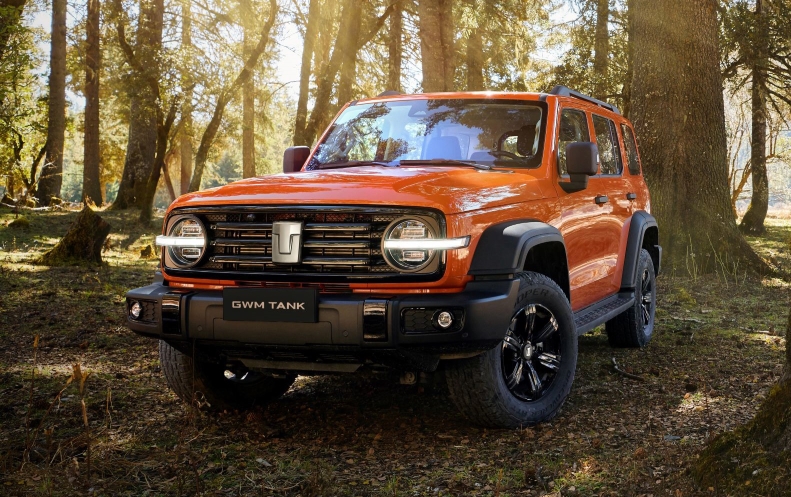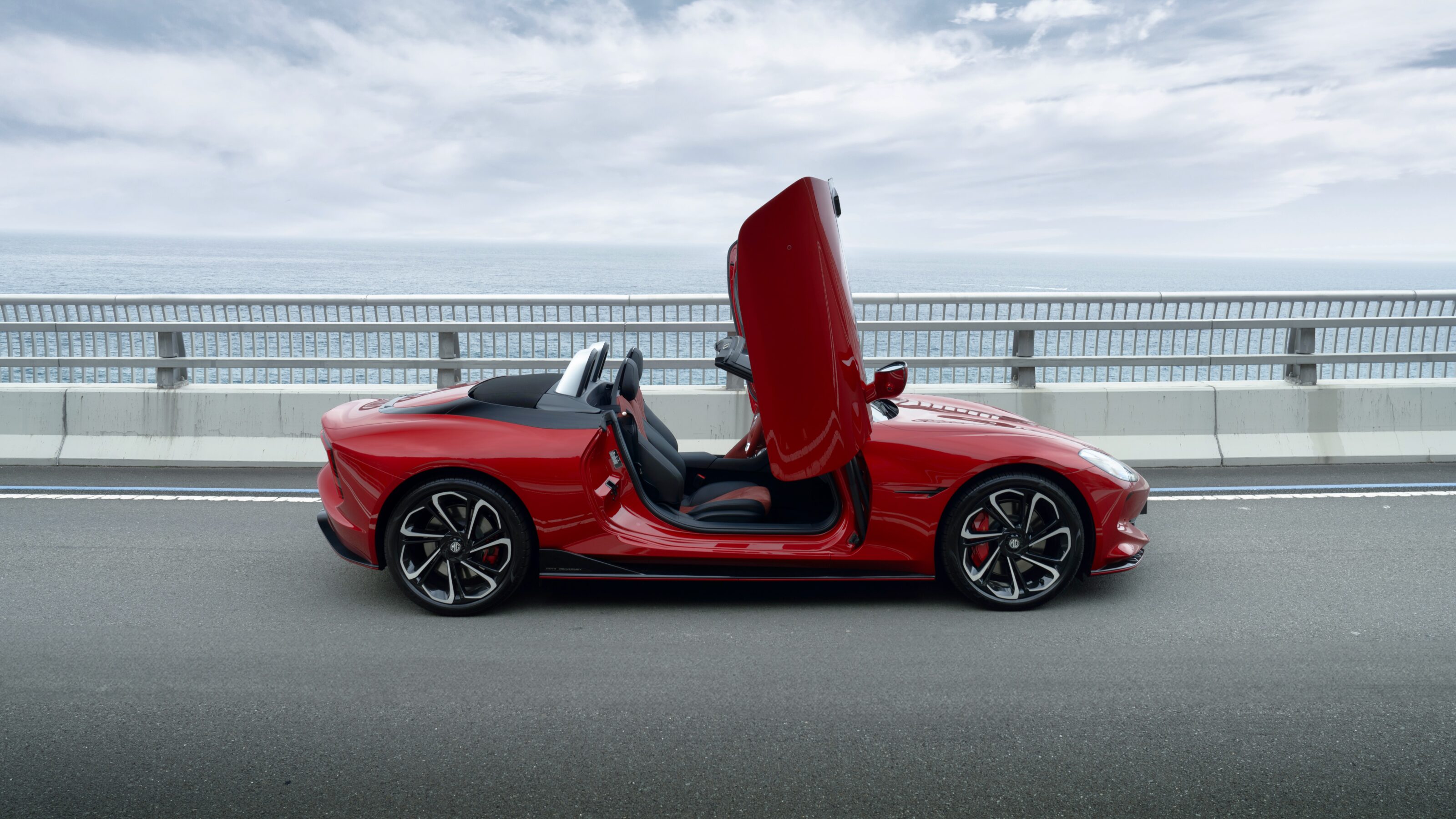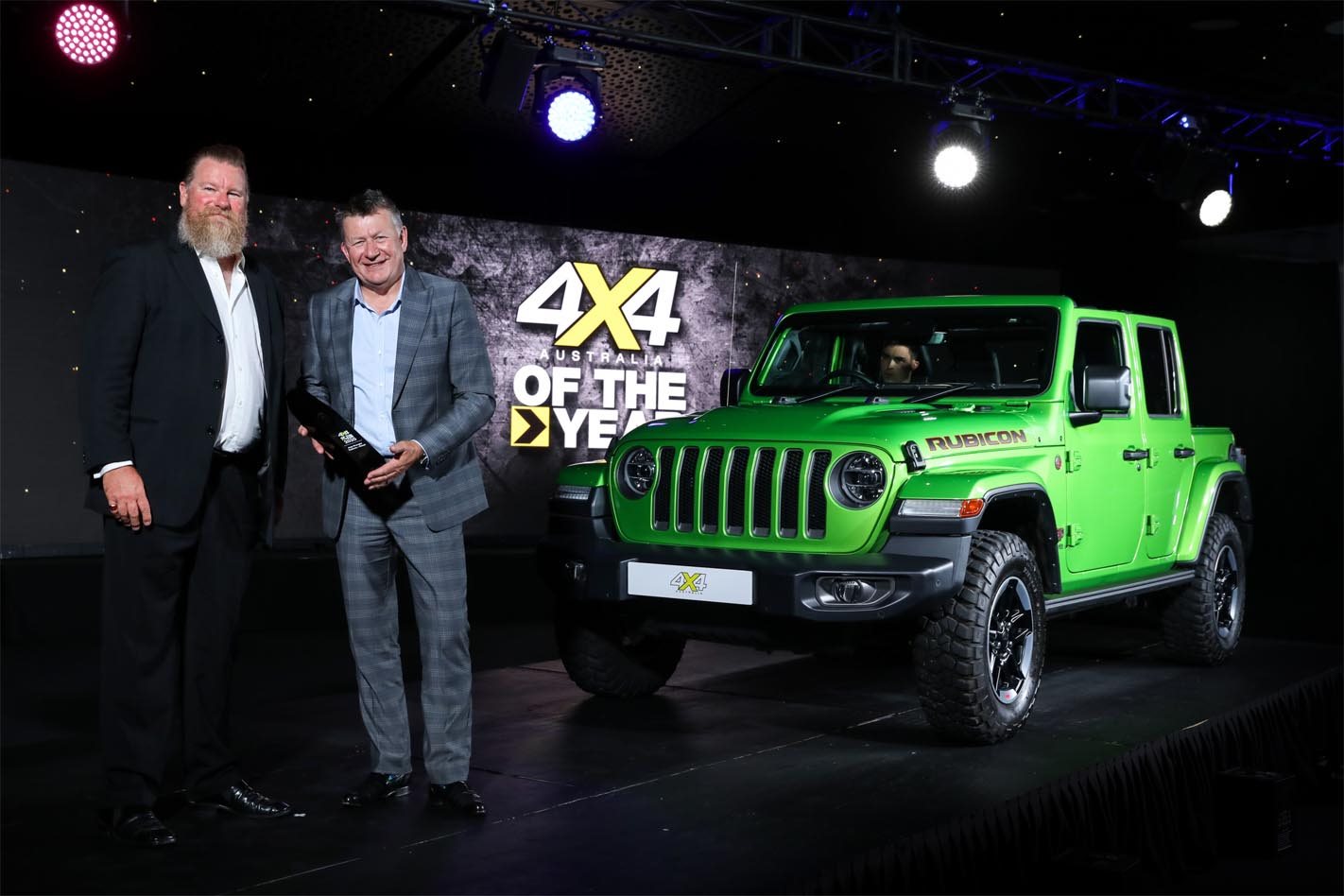
Jeep’s Australian journey reads like a celebrity fall from grace. From a heyday in 2013 when the Grand Cherokee was the nation’s favourite large SUV, the company’s sales started to slide.At first, it was a gradual decline but as the reversal gathered pace it became clear Jeep’s falling out of favour would be a much longer-lasting affair than a simple off-year. Seven years on and after scandals, successive company bosses and failed recovery strategies, the seven slot grille has reached the bottom of the curve, says its new captain Kevin Flynn.Certainly the English-born, self-proclaimed petrol head would appear to have the credentials, establishing the Jeep brand in India and elevating it to the country’s most trusted auto marque inside three years.
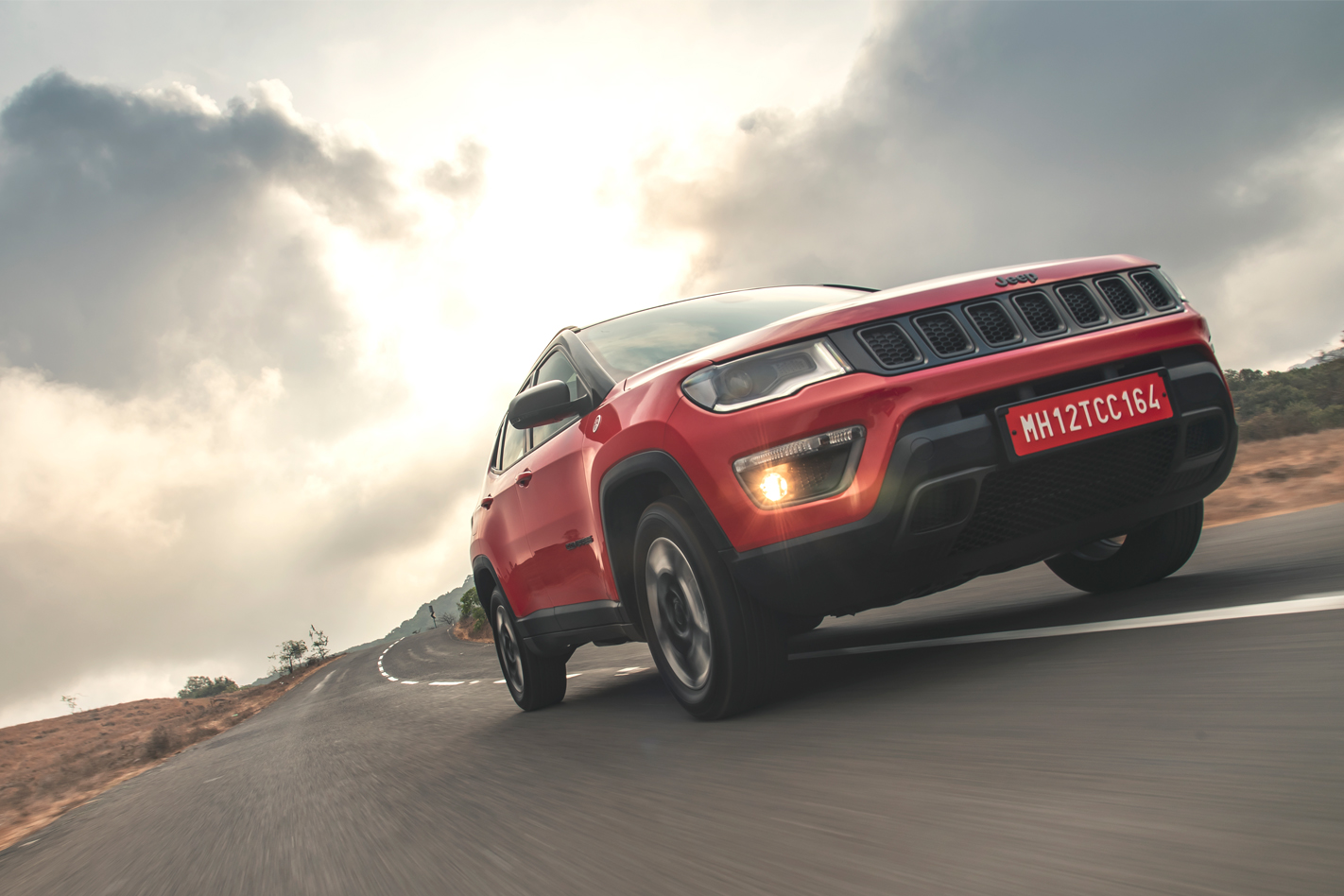
But this is Australia, and there is no other market in the world like it, nor is there a tried and tested strategy that guarantees success regardless of the brand. As if that wasn’t enough, the country is in the clutches of a viral pandemic that’s threatening the existence of all manufacturers, not just those in need of help before the crisis.Here’s how managing director and CEO Kevin Flynn plans to place a steady hand on Jeep’s tiller and steer it back into calmer waters.
What went wrong
Jeep’s problems were patently public with reliability and customer service complaints highlighted by one particularly disgruntled customer in 2014 who spectacularly destroyed his own car after experiencing persistent faults and failing to get an acceptable response from Jeep.Shortly after, the company was thrust into a scandal with executives accused of misappropriating company funds, then came the poor crash safety ratings including the Wrangler which continues to defend itself in ongoing testing.
And the rot had well and truly set in with the downward trajectory continuing even after born-and-raised Jeep enthusiast Steve Zanlunghi was enlisted from the US to take over Australian operations.Now though, Flynn is at the helm. And he has a plan.
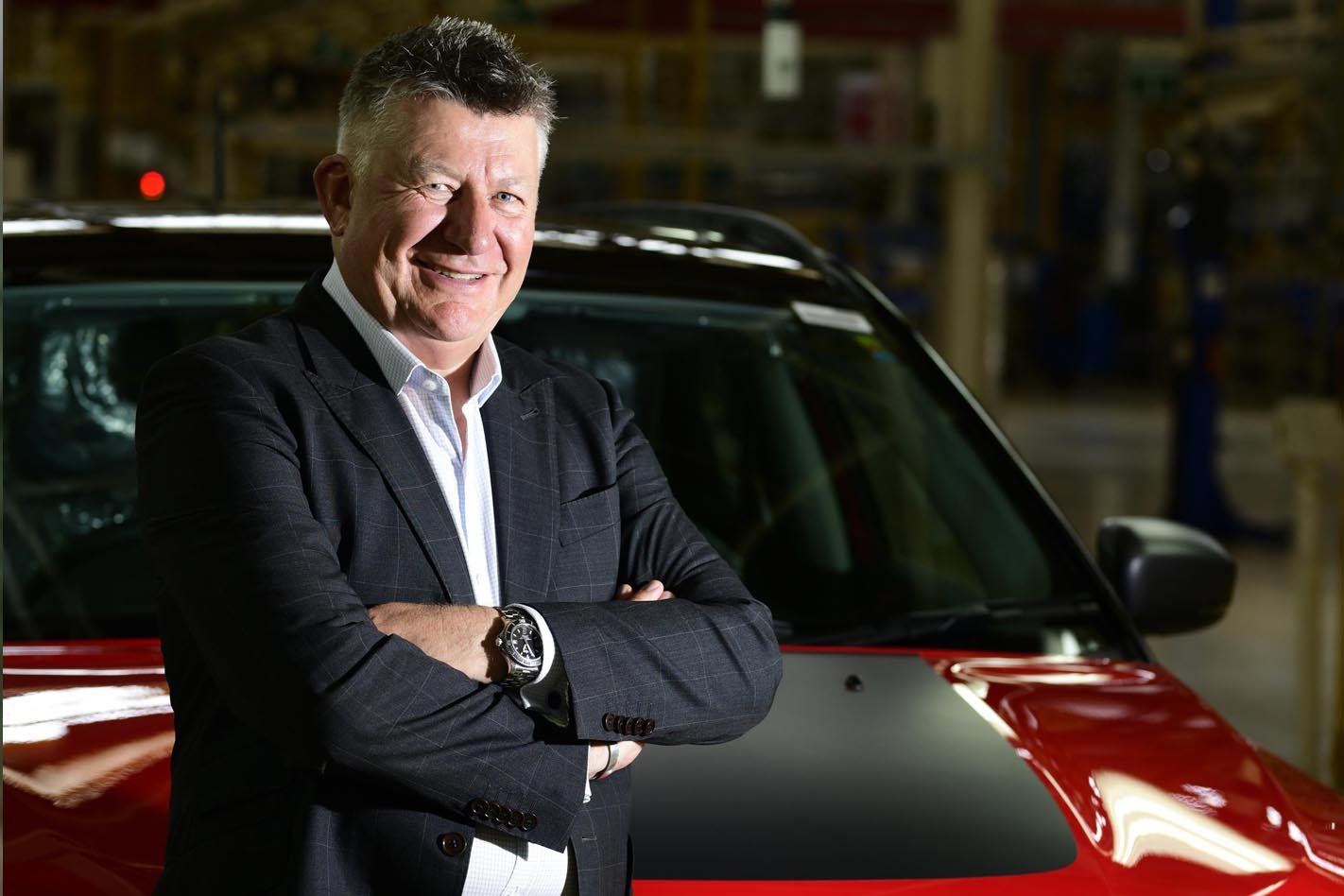
Finding the rot
According to Flynn, Jeep’s problems actually started while sales were still on the up. While all eyes were on the healthy order books and brimming coffers, no one was building the “plateaued” aftersales network to cope with a swelling Australian customer base.“It was as if we were still selling a handful of cars,” explained Flynn. “By the numbers, there would have been a certain level of technical response needed or help to a customer and we just weren’t equipped to deal with it.“It must have been obvious but why we didn’t embrace that I don’t know.”
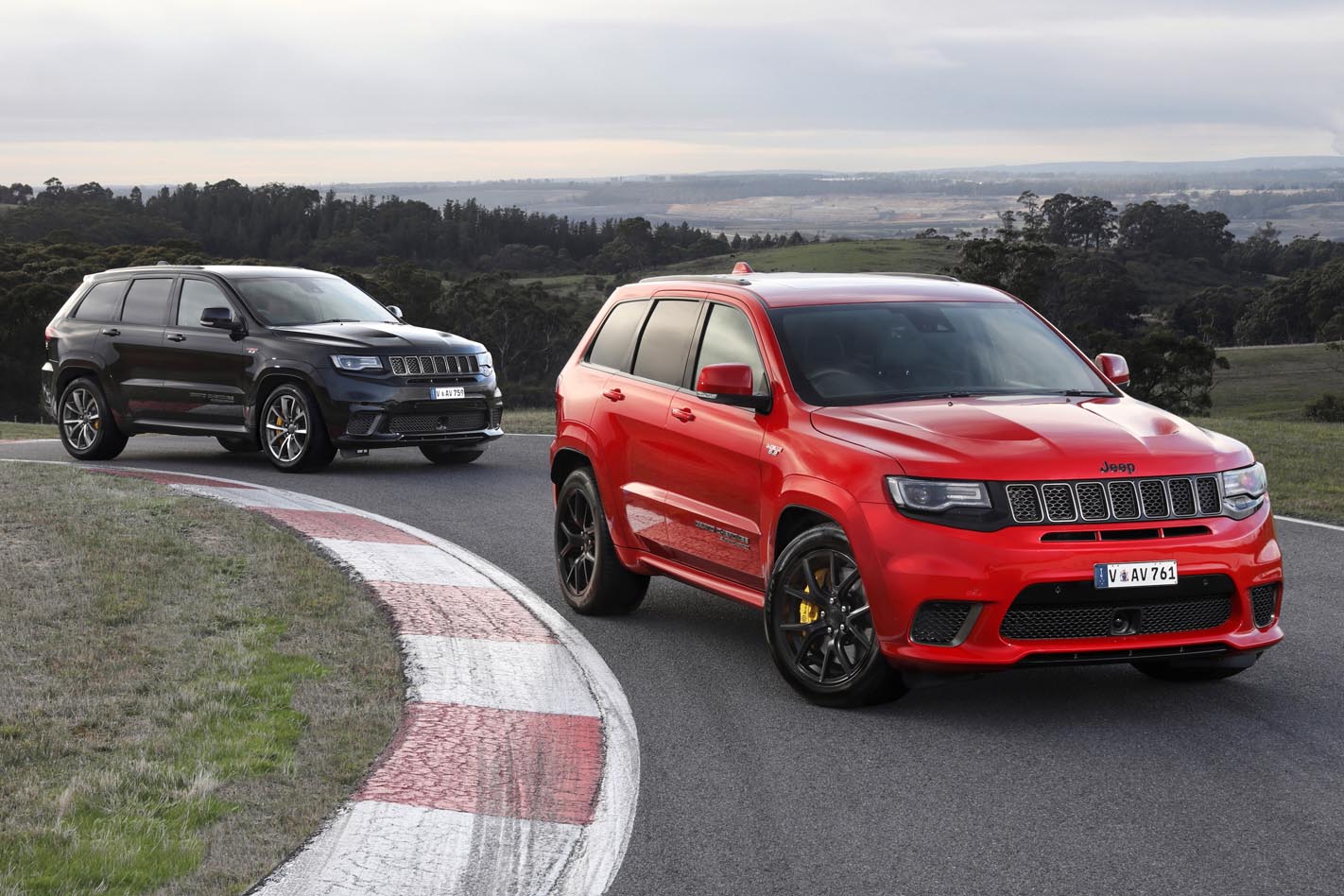
Building a new core
Since taking the reins, Flynn has been busy implementing new pieces of the customer-care puzzle that were missing from Jeep’s portfolio but that had been part of rival brand’s proposition for some years. Central to the plan was the appointment of a new director of aftersales Jo Markham and from there the blocks fell into place.
Here’s what Flynn’s been busy with since his plan was approved by FCA global just before Christmas 2019.

Flying Doctors’
While Jeep might make vehicles that are at home in all parts of Australia, the regional areas have suffered when it comes to customer service. One of Flynn’s first moves was to create a team of ‘flying doctors’ who could drop everything and get out to more remote customer locations.Whether it was a service technician, parts support or training requirements, the network of Jeep aftersales was expanded into largely neglected areas.
Parts overhaul
Next, Flynn ordered the review of every part sold in 2019 – all 17,000 of them – and the pricing of many ‘realigned’. The project was in response to complaints that running costs for Jeep models were excessively high, in part driven up by original equipment replacements.
The road ahead and the roadside
Finally, a more competitive capped-price servicing menu was introduced, again, bringing the Jeep aftersales proposition into line with many rivals. It was bolstered with a new unlimited roadside assistance offer that even applies to returning customers and goes further to addressing and responding to reliability concerns.
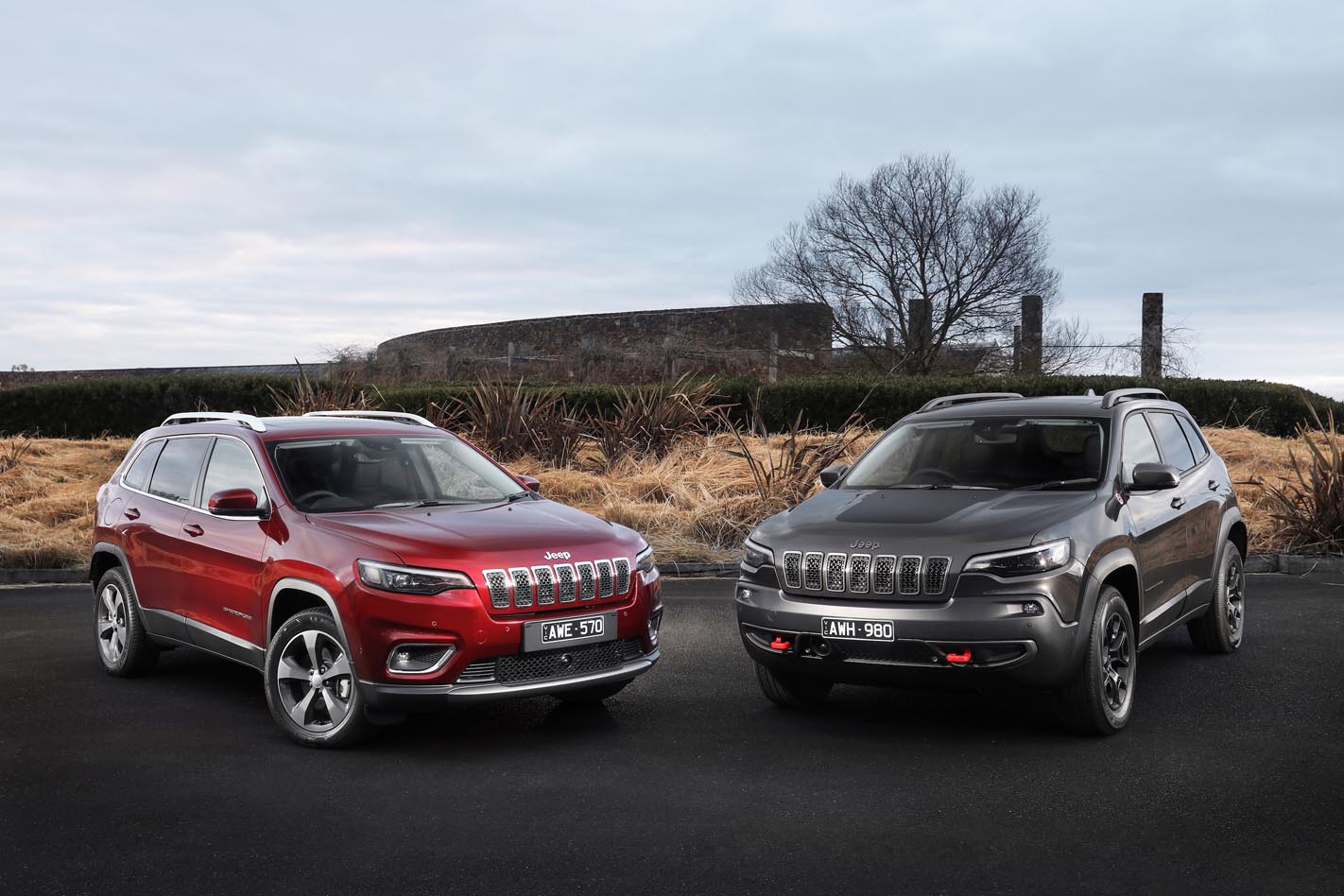
Advertising through adversity
The next stage was to face the negative rhetoric circulating about Jeep with a multifaceted advertising campaign.
“I think we were brave” said Flynn.A massively increased social media presence invited everyone to weigh in with their sentiments good and bad, and the team endeavoured to respond to all meaningful contributions.
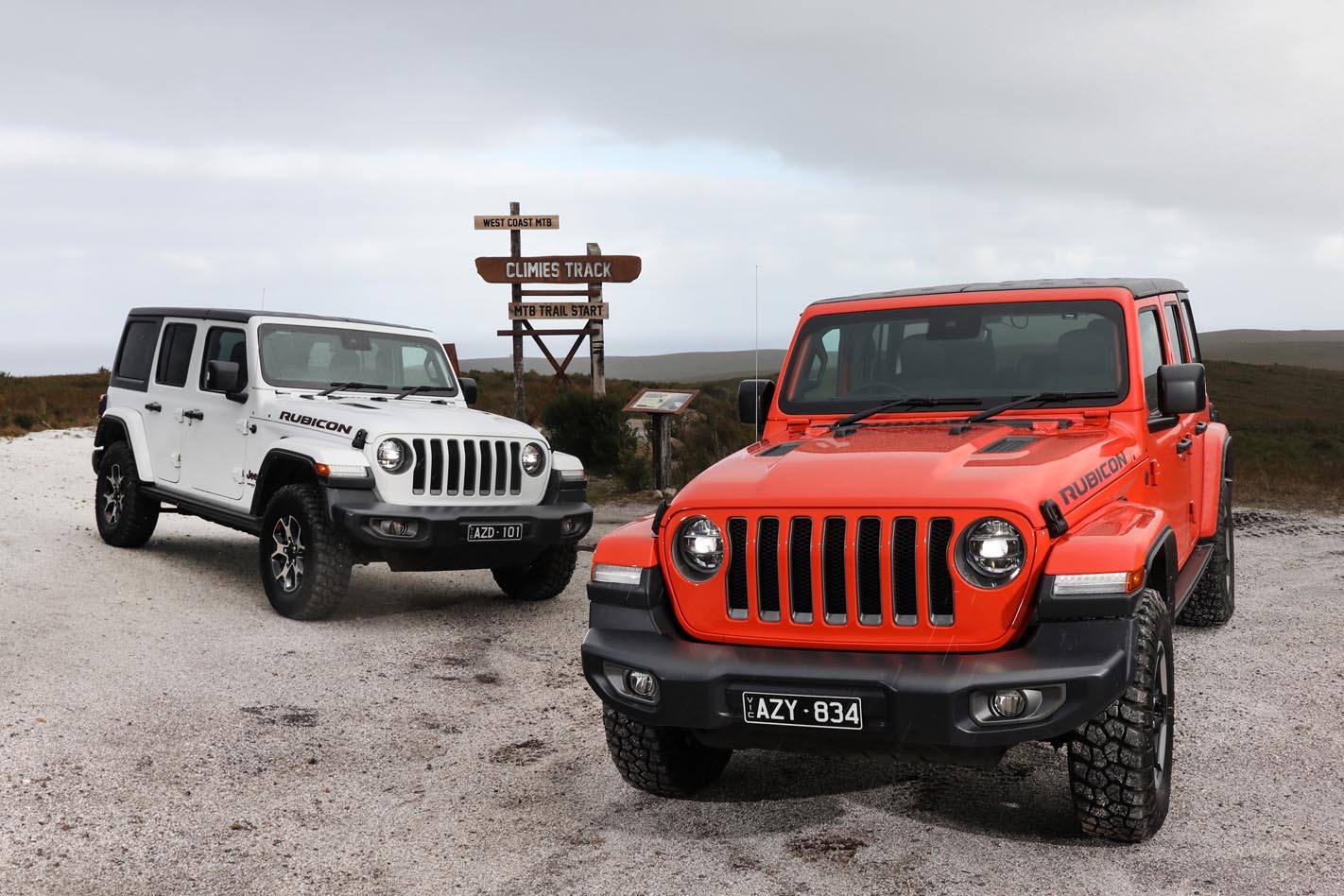
“It flushed out a lot of comms,” said Flynn. “Anyone who had been in contact with us over the last four years that perhaps wasn’t happy, we were working with those people again.”But from the negative, Jeep parried the punches and delivered a positive counter message. You’ll see this in the next month with the introduction of a new TV campaign that harks back to the famous I Bought A Jeep adverts, but with a forward-leaning stance.With digital interaction up 80 percent in July compared with the same point in 2019 the early signs suggest it’s working.
What’s next?
With the major leaks in Jeep brand confidence stemmed and the foundations for customer support that owners have been demanding, Flynn and his team are turning their attention to the next step in this reforging of the seven-slot grille.“Now we’ll start adding product, now we’ll start telling the product story.”The serendipity is not lost on us that the model Flynn sees as the one that will steer Jeep back onto a more steady path is the Compass. After all, this is the car Flynn championed in India to win global quality awards and the hearts of Indian fans alike.

“Every Jeep starts as a 4×4 right from the word go, then it may become a two-wheel drive car at some point. But there’s DNA of Willys in every single one of our models.“What we’re saying is that you don’t need to buy a car that looks like an SUV, there’s a vehicle that IS an SUV and has all the attributes that an SUV should have.
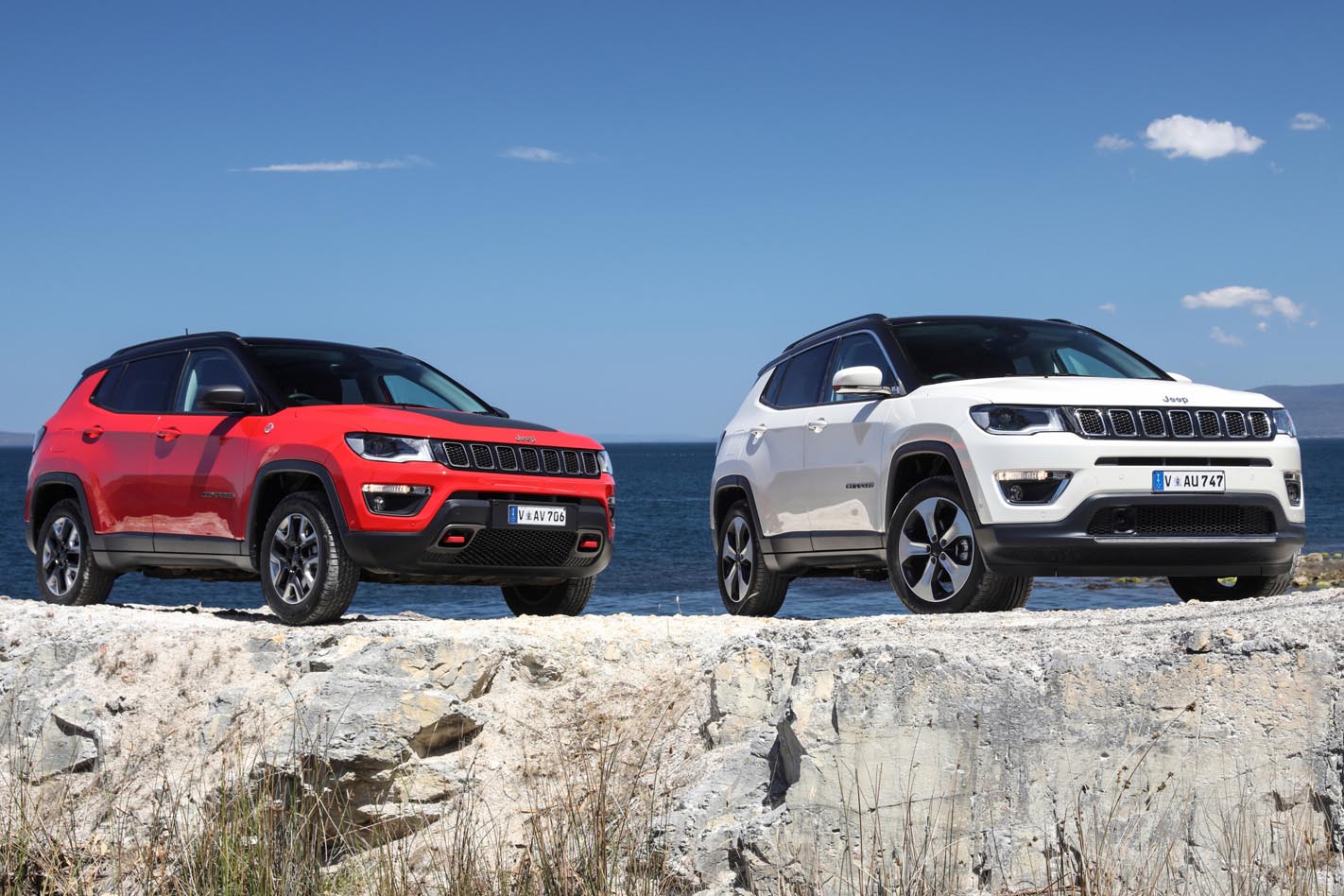
Its champion is confident and is already reporting a changing tide that will continue to build momentum back into the hearts and minds of Australians.“All we can measure at this stage is the level of interest that is now being placed in the brand and the percentage increase in leads activity and the closing ratios are improving.“Our determination to have our rightful portion of the market share and customers satisfied with their purchase decision is what we’re aiming at. And to really bring the Jeep life to life in Australia.”

“So the whole idea is to earn back that level of trust and belief. It’s not an overnight job and we will not take our foot off the gas”.


